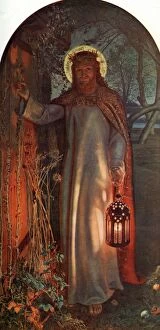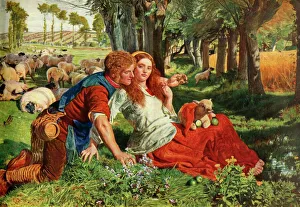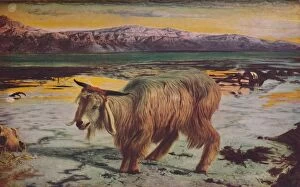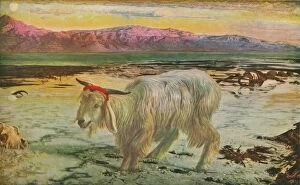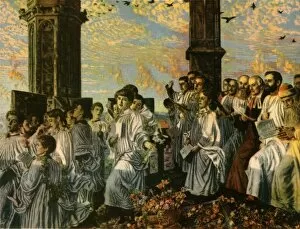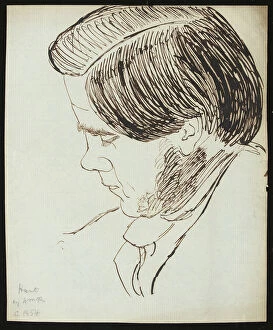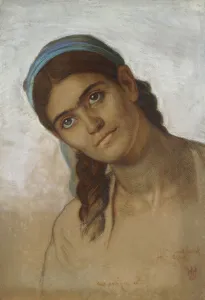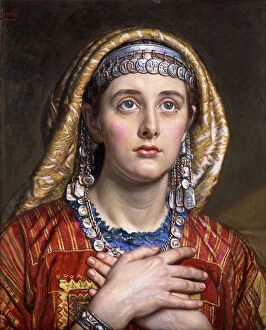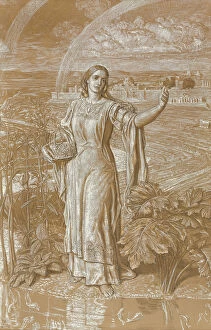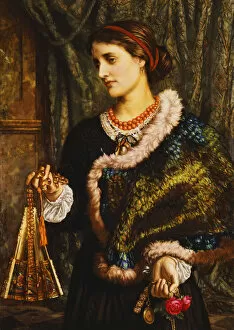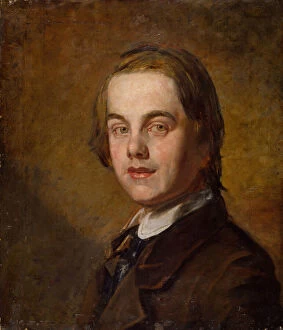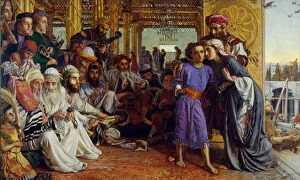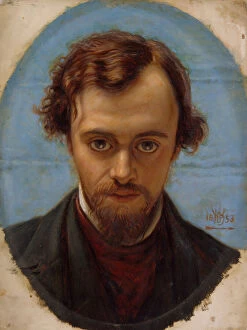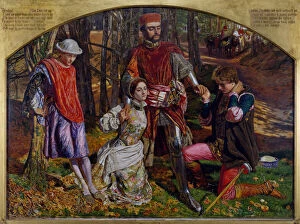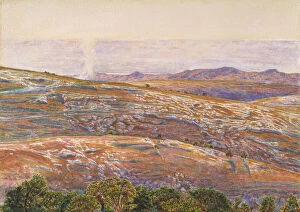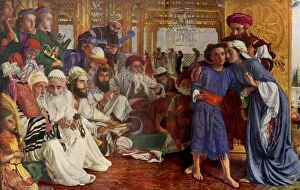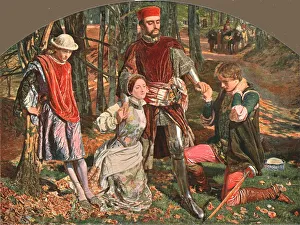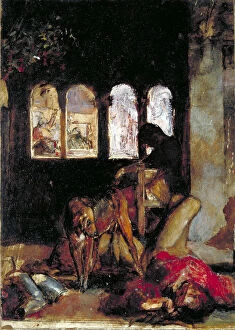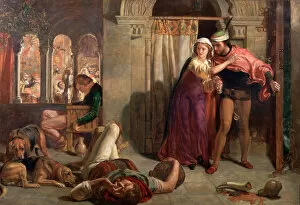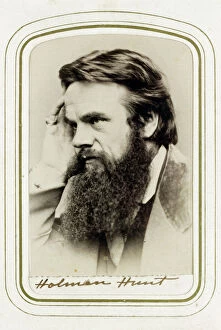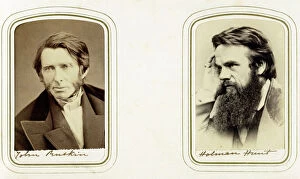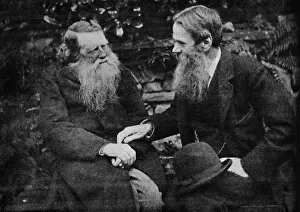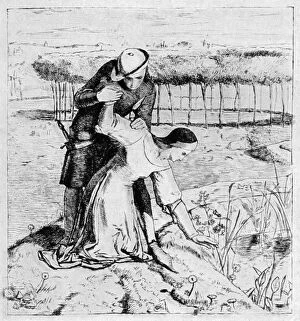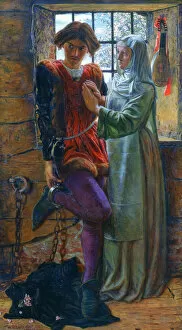William Holman Collection
William Holman Hunt, a renowned British artist of the 19th century, left an indelible mark on the art world with his masterful creations
All Professionally Made to Order for Quick Shipping
William Holman Hunt, a renowned British artist of the 19th century, left an indelible mark on the art world with his masterful creations. One of his most iconic works is "The Light of the World, " painted between 1851 and 1853. This mesmerizing piece showcases Hunt's exceptional talent for capturing light and emotion. In "The Hireling Shepherd" (1851), Hunt skillfully portrays a shepherd neglecting his flock, symbolizing moral corruption amidst natural beauty. The juxtaposition in this painting serves as a powerful commentary on human nature. "The Scapegoat" series by Hunt further exemplifies his ability to evoke deep emotions through art. Painted in both 1854-56 and again in 1856, these pieces depict a solitary goat burdened with the sins of others—a poignant representation of societal scapegoating that remains relevant even today. Hunt's fascination with religious themes is evident in "May Morning on Magdalen Tower" (1888-1890). This breathtaking artwork captures the ethereal beauty of dawn breaking over Oxford University's tower, infusing it with spiritual significance. Beyond religious subjects, Hunt also explored portraiture and captured intimate moments like in "Portrait Hunt" (1854). His attention to detail shines through as he expertly renders himself onto paper using pen and brown ink. His travels inspired paintings such as "Study of a Syrian Woman" (1876) and "A Syrian Wife Unveiled. " These artworks showcase his ability to capture cultural diversity while highlighting the unique features and expressions of individuals from different backgrounds. "The Bride of Bethlehem" (1884) demonstrates Hunt's mastery over tempera technique layered with oil paint. This enchanting piece depicts Mary adorned in traditional Middle Eastern attire during her wedding ceremony—an imaginative portrayal that adds depth to biblical narratives. Hunt also experimented outside traditional mediums.

